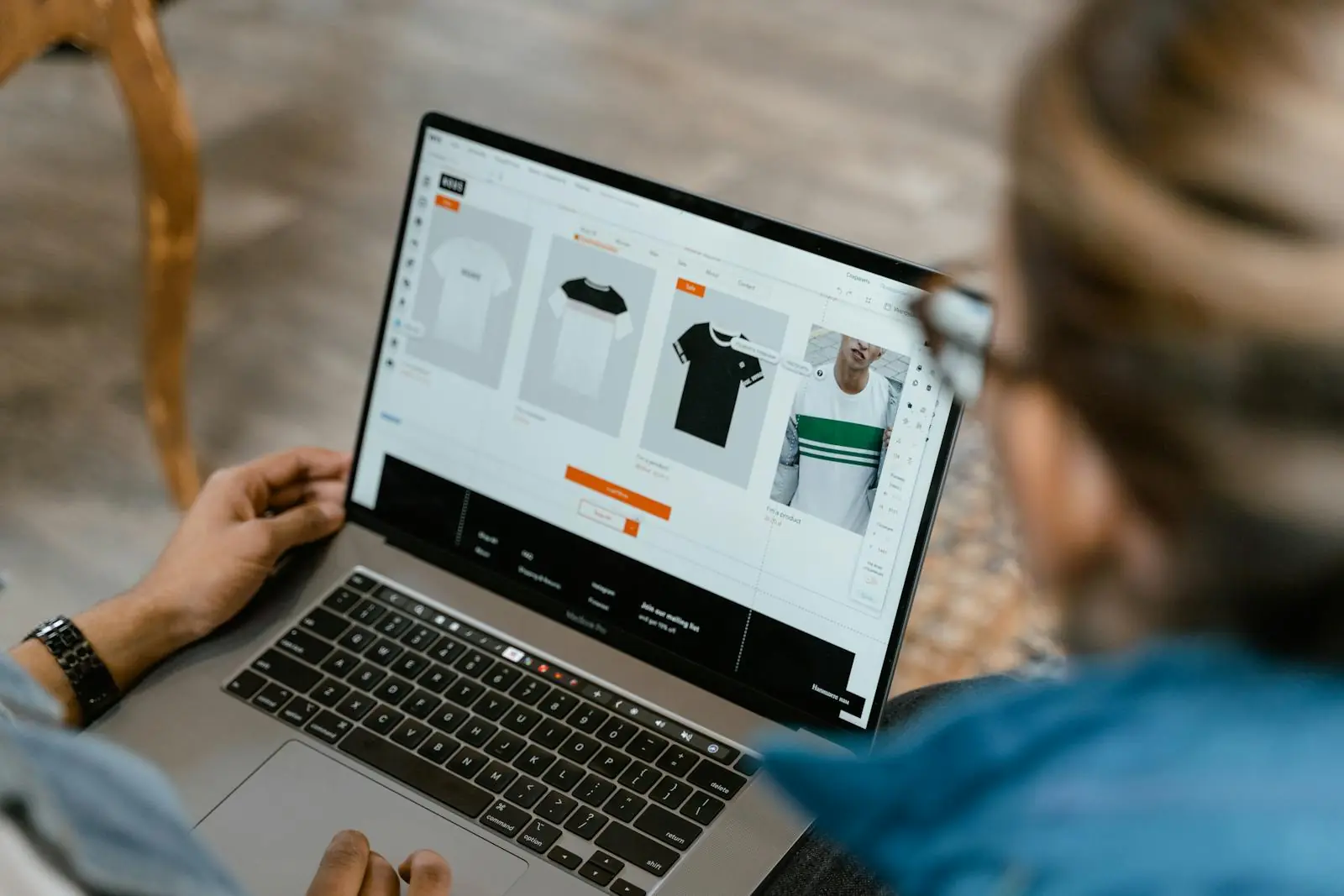Capturing and retaining user attention is paramount for any business because every website is trying to get the user’s attention. Businesses constantly seek innovative ways to enhance user experience (UX), knowing it directly impacts engagement, conversions, and brand loyalty. While grand redesigns and feature-packed platforms have their place, an often-overlooked element wields surprising power: micro-interactions. Small animations and visual responses may seem minor, but they are essential for creating an intuitive, engaging, and profitable website. Prepare to discover how these tiny titans can create a major impact on your website’s success.
The Unseen Powerhouse: What Exactly Are Micro-Interactions?
Micro-interactions are small, focused moments in a product that aim to complete a single task and improve the user experience. Consider the pleasing “pull-to-refresh” animation on your favorite social media app, the subtle color change when hovering over a button, or the animated checkmark that confirms a successful form submission. These are all micro-interactions.
They generally consist of four key parts:
- Trigger: What initiates the micro-interaction (e.g., a user click, a swipe, system state change).
- Rules: What determines what happens during the interaction.
- Feedback: What the user sees, hears, or feels as a result of the interaction. This is where animation often shines.
- Loops and Modes: What happens next, or if the interaction changes over time.
While seemingly minor, these interactions collectively contribute to a feeling of polish, responsiveness, and user-centric design. They transform a static interface into a dynamic and communicative environment.
Why Small Animations Pack Such a Powerful UX Punch
The magic of micro-interactions lies in their ability to communicate with users on a subtle, almost subconscious level. They provide immediate feedback, guide users, prevent errors, and even inject moments of delight. Consider these powerful benefits:
- Enhanced Feedback and System Status: Animations can instantly confirm an action (e.g., a button click visually depressing and returning) or show the status of a process (e.g., a loading spinner). This clarity reduces uncertainty and frustration. Studies from the Nielsen Norman Group consistently emphasize the importance of system visibility for good UX. While specific stats for micro-animations alone are intertwined with overall UX metrics, a well-designed interface that provides clear feedback can improve usability scores significantly.
- Improved Navigation and Guidance: Subtle animations can direct attention to important elements or guide users through a multi-step process. For instance, an animated arrow might suggest scrolling, or a menu might slide into view, indicating its origin and how to dismiss it. This makes complex interfaces feel more intuitive.
- Increased User Engagement: Well-crafted micro-interactions can make mundane tasks more enjoyable. A playful animation after completing a task or an encouraging visual cue can transform a simple interaction into a positive experience, encouraging users to explore further and stay longer. Increased engagement often translates to higher conversion rates – some industry observations suggest that websites with superior UX can see conversion rates jump by as much as 200-400%.
- Reinforced Branding: The style and personality of your micro-animations can subtly reinforce your brand identity. Whether sleek and modern or fun and quirky, these small details contribute to the overall brand perception, making your website more memorable.
- Reduced Cognitive Load: By providing clear visual cues and feedback, micro-interactions help users understand the interface more quickly, reducing the mental effort required to navigate and use your website. This makes the experience feel effortless and efficient.
Addressing Your Burning Questions About Micro-Interactions
Many businesses are curious about implementing micro-interactions but often have similar questions. Let’s tackle some of the most common ones:
Making Your Website Irresistibly Interactive: Actionable Steps
Ready to harness the power of micro-interactions? Here’s how to get started:
- Audit Your Current UX: Identify areas in your current website where users might experience confusion, friction, or where feedback is lacking. These are prime candidates for micro-interactions.
- Start Small and Prioritize: You don’t need to animate everything. Begin with high-impact areas like call-to-action buttons, form submissions, or loading states.
- Focus on Function First: Ensure the animation serves a clear purpose in guiding or informing the user. Delight is a bonus, not the primary goal for many functional micro-interactions.
- Maintain Performance: Optimize all animated elements. Test your website’s speed regularly to ensure animations aren’t causing lag.
- Test and Iterate: Use A/B testing and gather user feedback to see how your micro-interactions are being received and whether they are improving the user experience as intended. What works for one audience might not work for another.
Imagine a user hovering over your “Add to Cart” button. Instead of a static change, the button subtly pulses or a tiny icon animates, confirming it’s interactive and inviting a click. This small detail can contribute to a smoother path to purchase. Or consider a password strength indicator that animates in real-time as a user types – this provides instant, helpful feedback, reducing errors and frustration. These moments, though small, accumulate to create a significantly better overall experience.
The Compounding Value of Small Enhancements
Micro-interactions are a testament to the design principle that “the details are not the details; they make the design.” By focusing on these small, animated elements, you demonstrate a commitment to user-centricity and a high level of polish. They communicate that you care about the user’s journey, every step of the way.
As the web is saturated with choices, a superior user experience is a powerful differentiator. Small animations, when used thoughtfully and strategically, contribute significantly to that experience. They might be “micro,” but their impact on user satisfaction, engagement, and ultimately, your business goals, can be truly major. Don’t underestimate these small giants; use them now to create a website that users will love and remember.
Want to boost user engagement and delight your visitors? Let’s talk about implementing powerful microinteractions on your website. Get in touch!
